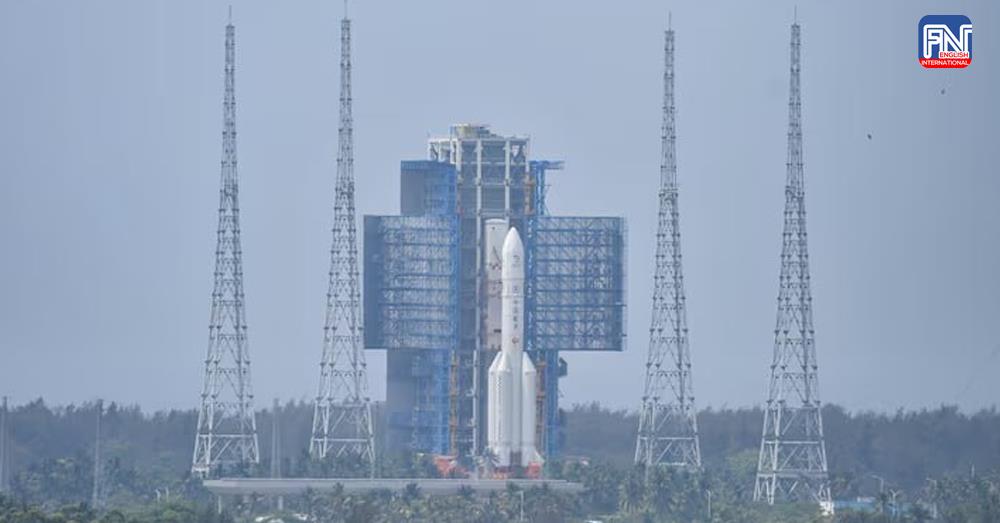BEIJING, June 2 (Reuters) - China landed an uncrewed spacecraft on the far side of the moon on Sunday, a landmark mission aiming to retrieve the world's first rock and soil samples from the dark lunar hemisphere, China's space agency said.
The landing elevates China's space power status in a global rush to the moon, where countries including the United States are hoping to exploit lunar minerals to sustain long-term astronaut missions and moon bases within the next decade.
The Chang'e-6 craft, equipped with an array of tools and its own launcher, touched down in a gigantic impact crater called the South Pole-Aitken Basin on the moon's space-facing side at 6:23 a.m. Beijing time (2223 GMT), the China National Space Administration said.
The mission "involves many engineering innovations, high risks and great difficulty", the agency said in a statement, opens new tab on its website. "The payloads carried by the Chang'e-6 lander will work as planned and carry out scientific exploration missions."
The successful mission is China's second on the far side of the moon, a region no other country has reached. The side of the moon perpetually facing away from the Earth is dotted with deep and dark craters, making communications and robotic landing operations more challenging.
The Chang'e-6 probe launched on May 3 on China's Long March 5 rocket from the Wenchang Satellite Launch Center on the southern island of Hainan, reaching the lunar vicinity roughly a week later before tightening its orbit in preparation for a landing.
Chang'e-6 marks the world's third lunar landing this year: Japan's SLIM lander touched down in January, followed the next month by a lander from U.S. startup Intuitive Machines.
The other countries that have sent spacecraft to Earth's nearest neighbour are the then-Soviet Union and India. The United States is the only country to have landed humans on the moon, starting in 1969.
